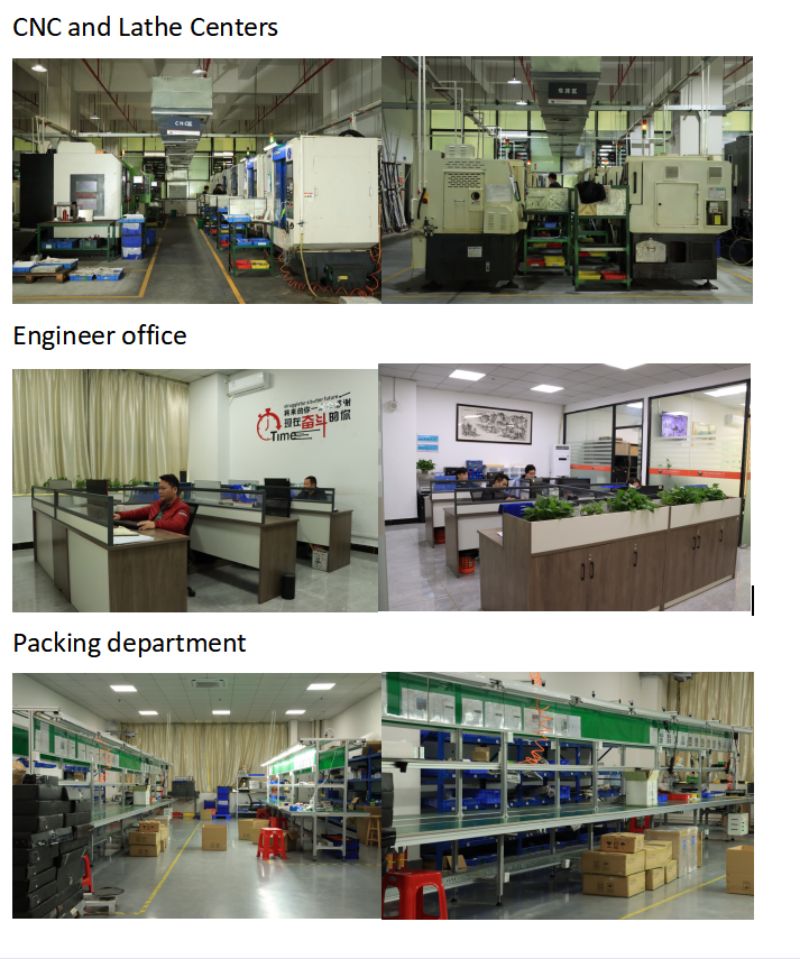
Today’s casting lead times are so extensive (5+ weeks!) that we typically find that we can machine low-volume products from solid metal more quickly, more affordably, and more effectively.
Here are some arguments in favor of contract machining over casting for certain parts:
1.Shorten the lead time and costs. We now conduct “lights-out manufacturing,” operating our fully automated machines round-the-clock thanks to advancements in 5-axis machining technology. If you’re lucky, the minimum lead periods for casting houses are between two and four months. But in 6-8 weeks or less, we can machine those identical parts. Because of this level of effectiveness, clients also pay less.
2. Remove the need for a minimum run time. Because the cost of the tooling is so high, low-volume cast parts don’t make financial sense. On the other hand, 1,000 or less components are ideal for CNC machining. Nevertheless, even some of the components we produce in batches of 40,000–50,000 are still less expensive than casting them would have been.
3. Make components of greater grade. In comparison to parts cast from liquid materials, parts that are machined from solid metals are less porous and have higher structural integrity. We also have a lot more control over the design of the item when we convert castings to CNC machining. We have the chance to add or remove features that we couldn’t cast. Usually, we can also obtain tighter tolerances
4. Increase supply chain consolidation. Before being supplied to clients, cast parts nearly usually need CNC machining, painting, finishing, and maybe even assembly. Although we are pleased to oversee your entire supply chain, it might be simpler to completely do away with casting. Customers save money on shipping expenses and lead times when we handle more of the process internally. Parts getting destroyed during transportation and handling are also less likely.
Post time: Aug-08-2023




